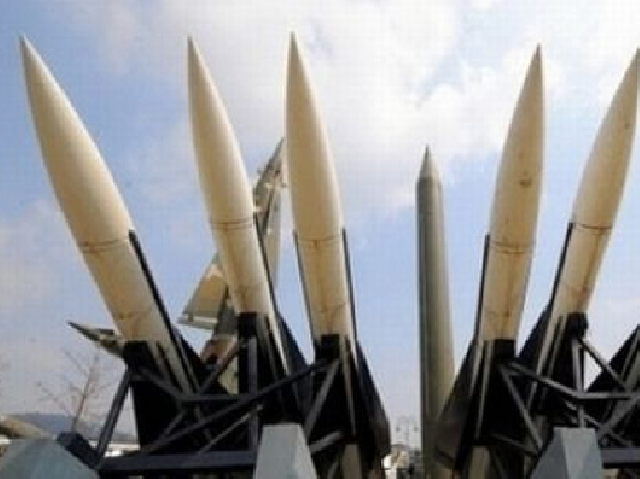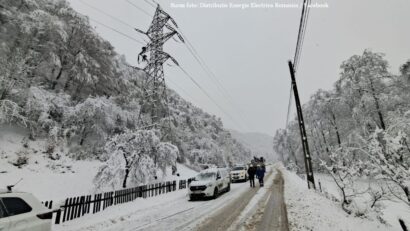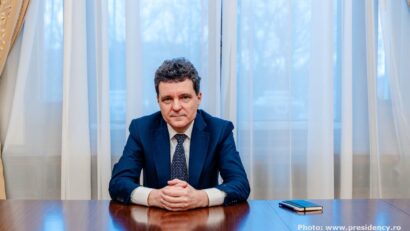Romania and the Anti-Ballistic Shield
Romanian Foreign Minister Bogdan Aurescu stressed once again the fact that the anti-ballistic shield is purely defensive.

Bogdan Matei, 25.03.2015, 13:51
The anti-ballistic missile shield, which includes land elements installed in Romania and Poland and naval elements, is purely defensive, and its use, in compliance with the UN Charter and international law, is for legitimate defense only. These were points stressed by Romanian Foreign Minister Bogdan Aurescu in London, who also explained that NATO’s development of anti-ballistic capabilities is a substantial contribution to the consolidation of transatlantic ties.
In this context, any threat with the use of force as a result of the development of this strictly defensive project is unacceptable and goes against the fundamental principle of the ban on the use of force or threat of force — an imperative of international law. No further back than last Saturday, Russian ambassador to Denmark Mikhail Vanin said in an article published in Copenhagen that Moscow will place on its list of legitimate targets all countries that host elements of the NATO anti-ballistic shield, and threatened that Danish warships risk nuclear attack if Denmark joins in the shield, as it has recently announced.
This recent threat from Russia is not the only one. Allied commander in Europe, US general Philip Breedlove, admitted that Romania was subjected to intense pressure when joining the shield effort. The same happened to Poland and any other country that expressed a wish to join, as Russia declared the shield a threat to its national security. Moscow’s attitude did not change in spite of every assurance provided by NATO that the anti-missile system was not aimed at Russia. According to minister Aurescu, the shield does not violate the Intermediate Nuclear Forces Treaty, as Russia claims.
The presence of elements on Romanian soil only brings additional stability, creates opportunities for cooperation with third-party countries and contributes to consolidating peace in Europe. In fact, the joint US- Romanian strategic project which placed elements of the shield in southern Romania reflects US commitment to European security. The year 2015 is important, as the base hosting these elements, such as interceptors and radar detectors, is due to become operational. The military base will host several interceptors and a radar system aimed at detecting ballistic threats.






























